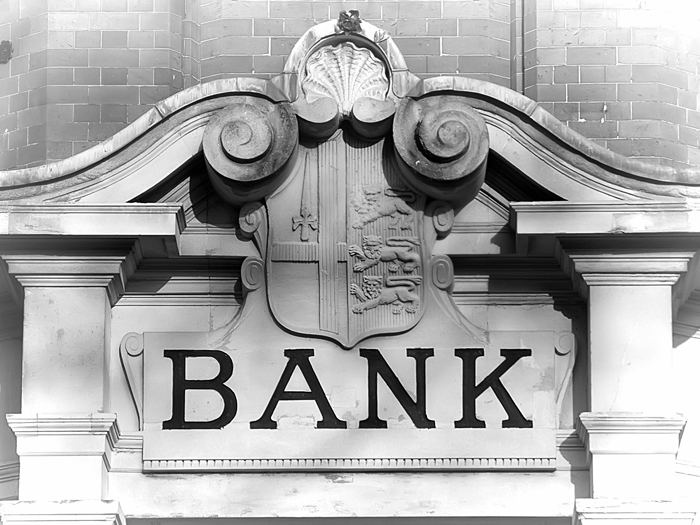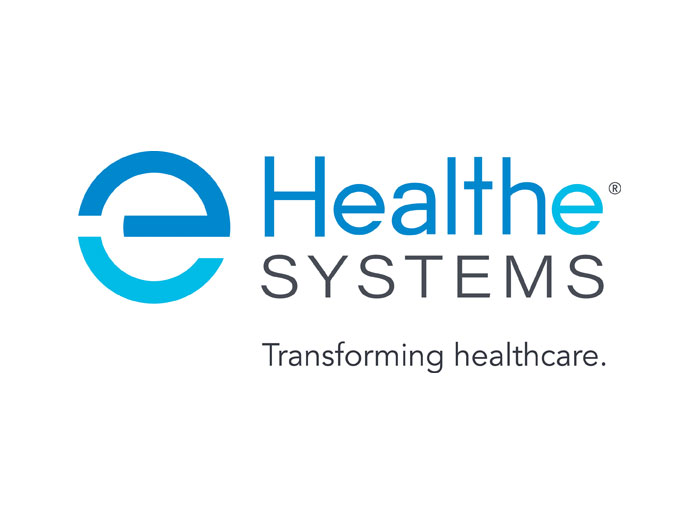Sponsored: Munich Re
4 Key Trends Impacting Property and Casualty Programs

Today’s property and casualty insurance programs are combatting a number of challenges.
From inflation and supply chain issues to global interconnectivity to increased frequency and severity of weather events, there are a number of trends that underwriters need to account for as they tackle the challenges of today’s dynamic landscape.
Simply put: “We’re in the riskiest world that we have ever been in, yet it’s the least risky it will ever be,” said Kevin Johnson, president of Insurance Programs, Munich Re Specialty Insurance.
Navigating today’s perils requires underwriters to reexamine how they estimate loss, develop risk adequate pricing and help mitigate risk.
New tools around data-driven decision-making including artificial intelligence, sensor technologies and advanced analytics are aiding carriers in these areas, but working with a leading insurance partner can help you take your efforts to the next level by giving you a broad understanding of market trends and more sophisticated program solutions.
1) Inflation

Kevin Johnson, President of Insurance Programs, Munich Re Specialty Insurance
Inflation is having a critical impact on today’s insurance markets, Johnson explained.
“When we look at inflation right now, the impacts are widespread and need to be proactively addressed on all product lines,” he said. “The ability for portfolio managers and underwriters to be taking the appropriate action in an inflationary environment is absolutely critical today.”
Inflation affects not only the prices of various products or services; it can raise the costs of rebuilding after a loss as well. If a loss occurs, materials necessary to rebuild may be more expensive or harder to get ahold of in the current environment.
“When we think about the inflationary environment, both in terms of supplies and labor, we see that the impact on outcomes is clear across the entire claim, start to finish,” Johnson said.
Claims costs could increase as commodity prices rise globally, causing underwriters to restrict capacity and tighten their standards as they try to reign in losses that may be spiraling out of control.
“Many property underwriters have never really experienced a high inflationary environment in their careers,” Johnson said. “Looking back many years for a property underwriter, addressing inflation was almost a rounding error in their business, and now it is the critical issue.”
2) Increasingly Frequent and Strong Storms
Just as costs may be rising under the pressures of inflation, underwriters are facing increasing risks from severe weather events.
Over the last few years, hurricanes, wildfires and other natural catastrophes have been increasing in frequency and severity, boosting the chance that an insured may experience a loss on their property program.
The trend line around cat activity is clear and will continue rising. “Cat season” is no longer such a thing, as all parts of the country have experienced various forms of Nat Cats. Underwriters need to turn to risk mitigating tools if they want to remain profitable in the future.
“We know weather activity, whether it be the increased frequency and severity of hurricanes or severe convective storm activity or wildfires, is a trend line that is not reversing itself,” Johnson said.
“Underwriters and portfolio managers need better tools in the toolkit, they need more forward-looking views on what are these changes and how do we actually factor them into the pricing and the underwriting of the business.”
3) Global Interconnectivity and Supply Chain Shortages
The last few years have illustrated on a dramatic scale just how interconnected the global economy has become. A novel virus that started in Wuhan, China, quickly spread throughout the globe, causing supply chain shortages as people hoarded toilet paper and factories were shut down in efforts to stem outbreaks.
These risks have persisted even as vaccines have slowed some of the effects of the pandemic. One need not look further than Russia’s invasion of Ukraine to see just how interconnected our supply chains remain.
The war has restricted the flow of goods — like grain, of which Ukraine is a major exporter — fueling product shortages, driving price increases and potentially causing food shortages.
“Major global events like the war in Ukraine remind us how interconnected our world is today, and the ramifications of the downstream effect on businesses around the world,” Johnson said.
These factors have indirect effects on claims costs. In cases of physical damage to an auto fleet or a building, it may take longer to procure parts, in addition to the existing challenge around hiring the necessary labor and restore the damaged asset, lengthening the adjustment process.
“We’re not immune to these impacts. At a granular level, they continue to add up to drive up the value of a claim,” Johnson said. “A longer adjustment process is generally not a good thing for anybody.”
4) Technology and Analytics
There is a silver lining in today’s ever-evolving risk landscape. New technologies and data analytics tools can help underwriters better assess and price various perils. They can also help reduce losses by predicting risks before they can occur.
“The need for technology and analytics is absolutely critical to address the risky world that we’ll operate in moving forward,” Johnson said.
Take climate risk as an example. Tools like sensor technologies can help notify property owners before a loss occurs. “IoT and sensor technology can alert a church or school that there is a potential pipe freeze,” Johnson explained.
“Now, if you are gone for the weekend and you come back on a Monday or a Tuesday, that pipe will not have burst and flooded your basement. Instead, you’ll get an alert and you can proactively prevent that loss from actually occurring.”
These tools are changing the insurance industry as we know it: “Technology today allows us to move from this repair and replace model to a predict and prevent world,” Johnson said.
Complex Times Call for a Trusted Insurance Partner
A trusted partner like Munich Re Specialty Insurance can help manage your program by creating comprehensive solutions that balance your risk-taking appetite, financial objectives, and operating capacity.
As part of Munich Re, their global presence and broad industry outlook is an asset to the Insurance Program team. They can support clients in their risk mitigation efforts by offering loss control assessments and trend analysis, and by helping to develop underwriting guidelines, authorities, and procedures that reflect your strengths and experience. Additional services can help clients establish or upgrade their current loss control programs, work-site assessment and guidance when choosing a third-party specialty consultant to work with.
This model of intense support can help you remain abreast of inflation, supply chain risks and other challenges of tomorrow.
“Our wide range of insurance products and industry prowess can help you better prepare for today’s challenging market by providing a broad market perspective,” Johnson said.
To learn more, visit: https://www.munichre.com/us-non-life/en/solutions/specialty-insurance/insurance-programs.html.
This article was produced by the R&I Brand Studio, a unit of the advertising department of Risk & Insurance, in collaboration with Munich Re Specialty Insurance. The editorial staff of Risk & Insurance had no role in its preparation.










